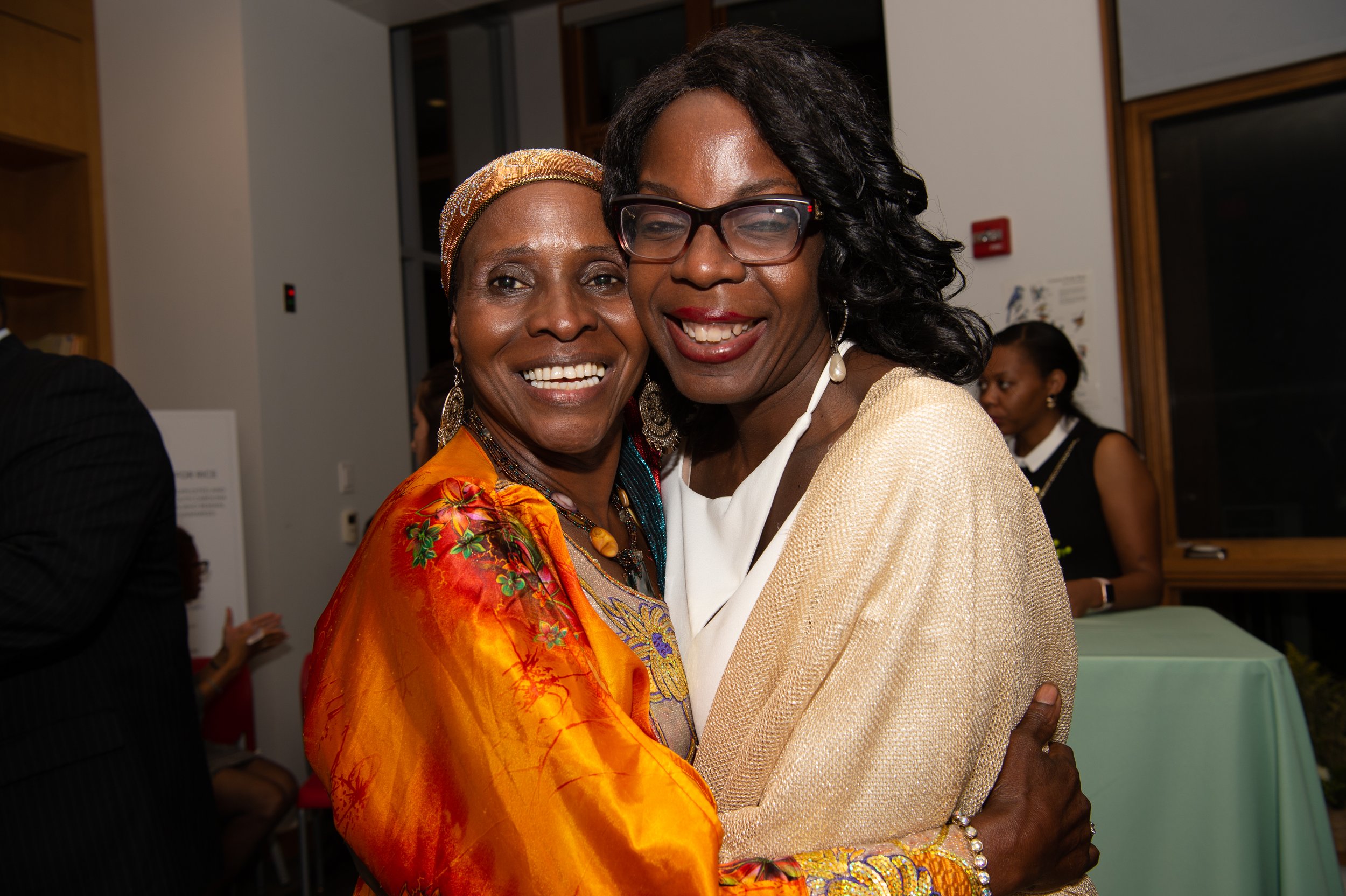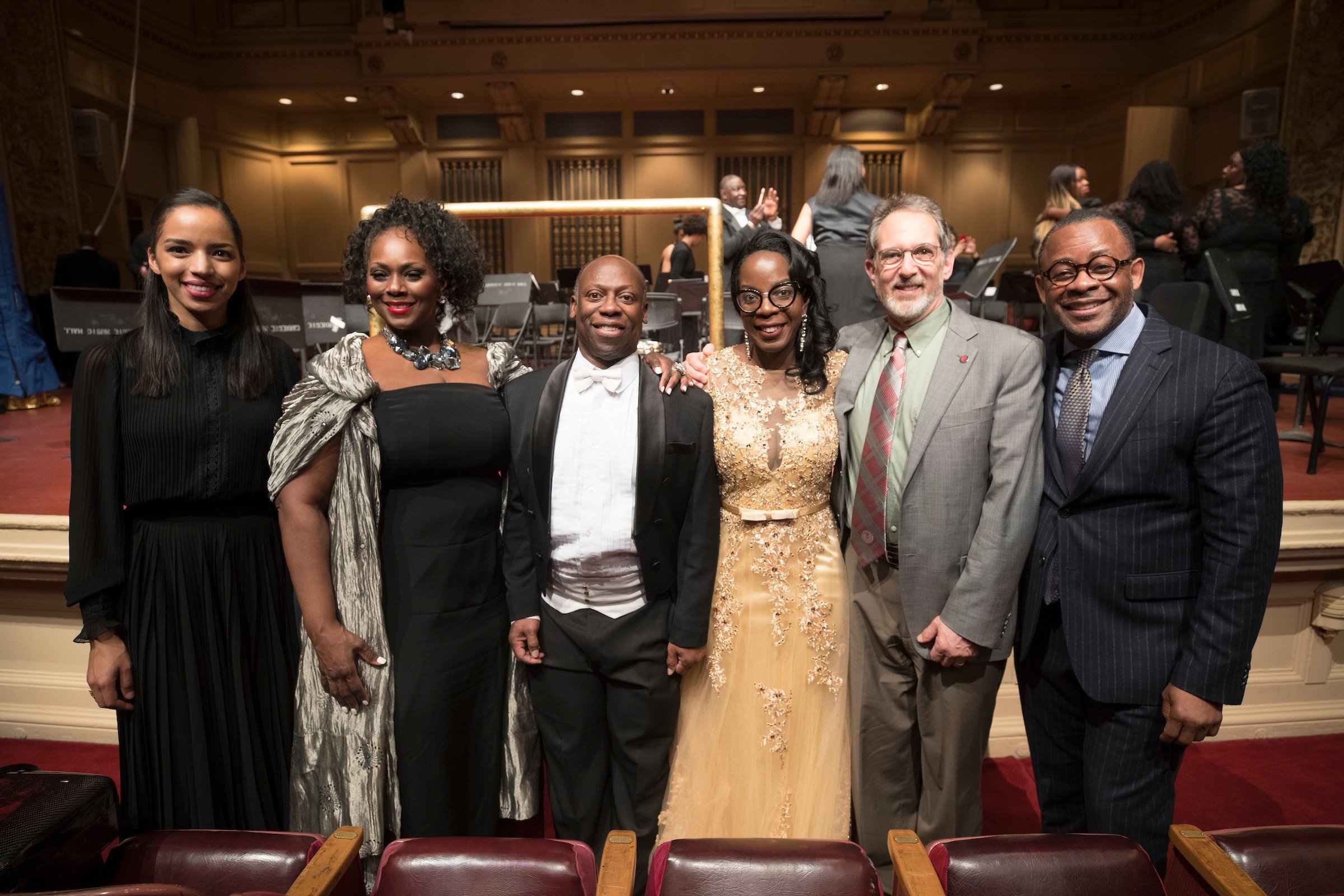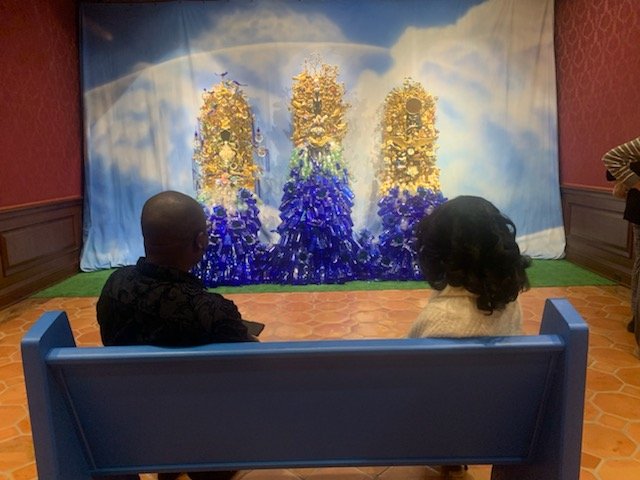Requiem for Rice
Unburied, Unmourned, Unmarked: A Requiem for Rice is a collaboration of acclaimed historian, Dr. Edda L. Fields-Black, three-time EMMY™ Award-winning classical music composer John Wineglass (https://www.johnwineglass.com/), and Julie Dash (https://juliedash.com/), director of Daughters of the Dust, the first major studio release by an African-American woman and winner of the 1991 Sundance Award for Cinematography, and The Rosa Parks Story.
Requiem for Rice is a marriage between West African and European classical traditions, a modern take on a classic European requiem in the spirit of Verdi, Mozart, Faure, and Britten. It mourns the souls of the enslaved who died on Lowcountry rice plantations, their bodies unburied, their suffering unmourned, and their sacrifices unmarked for future generations. The lamentation turns to celebration of the critical role enslaved Africans’ ingenuity, technology, and industry played in the economy of the US South. It reclaims African and African-American technology and ingenuity and fosters reconciliation among Africans, Europeans, and Americans. It increases public understanding of the science and technology of the most marginalized people in American history, slaves, in this case enslaved people on coastal South Carolina and Georgia rice plantations.
Taking “history off the shelf and putting it on stage,” Fields-Black’s libretto is drawn from historical primary sources, including accounts written by the first Europeans to visit West Africa’s Upper Guinea Coast and the South Carolina and Georgia Lowcountry; WPA interviews of formerly enslaved people and their children; archaeological, botanical, and biological reports; journals and slave lists from Lowcountry rice plantations. I make them testify against their authors and the institution of enslavement itself, and bear witness to the humanity, labor, skill, and suffering of enslaved laborers engaged in rice production in the South Carolina and Georgia Lowcountry. I also artistically reinterpret the sources, so that a broader audience can feel the loss of family, home, and culture, pain of sexual predation, and brutality of enslavement and labor in the rice swamps beyond what they would read in a history book.
In John Wineglass’ symphonic work, Movement, “I. The middle Passage: Uprooted” places the listener below decks of a slave ship making the atrocious journey from West Africa to America. The strings and woodwinds’ rapid scalar runs, continuously ascending into the upper register just to immediately fall again, paired with unstable harmonies in the brass, the foreboding thud of the bass drum, and the intermittent clash of the chimes produce a chaotic effect. Repetitive motifs drive the music forward, and one can feel the turbulence of the waves, wind, and seasickness. Just as the mass of sound becomes truly overwhelming, the brass seamlessly transitions into a fanfare, which is transposed upward and repeated while the strings’ runs are melodic but urgent. Achieved by a change in harmonic structure, the mood is suddenly triumphant, a tribute to the tremendous accomplishments of the enslaved, carrying the enormity of the conditions they survived but brimming over with pride at the work of their hands. The narration begins in II. “Tones of the Rice Fields” as the chilling libretto tells the lived experiences of the enslaved, all the more haunting with the orchestra and recorded sounds of the rice fields conjuring the setting. III. “Lament for Lost Souls” is a dwelling on one melancholy theme, producing an ethereal texture with the strings and winds’ meandering scales in the upper register. The instrumentation becomes thicker with unresolved longing and grows in substance without ever losing its chilling effect. Jeremy Reynolds, classical music critic for Pittsburgh Post-Gazette described the original score as “[opening] with chaotic, sweeping scales in winds and strings and harsh brass chords” and praised the February 2019 Orchestral Debut of the first three movements: “The performance was a small taste of what promises to be a grand dramatic homage to the darkest chapter of American history.” [1]
Wineglass completed the final two movements of Unburied, Unmourned, Unmarked: Requiem for Rice in December 2022. In the last phase of the project, filmmaker/director Julie Dash will shoot film installations, which will be shown in performance and a documentary about the making of this historic project.
Events
Colour of Music Festival Orchestra (February 13, 2019, Carnegie Music Hall, Pittsburgh, PA), https://www.wesa.fm/arts-sports-culture/2019-02-12/symphonic-work-in-pittsburgh-honors-enslaved-africans-on-rice-plantations.
Casop: Requiem for Rice tribute to the 400th Anniversary of 1619 (September 21, 2019, Centro Cultural Frances, Bissau, Guinea-Bissau, West Africa)
Colour of Music Festival Orchestra (November 9, 2019, Vanderbilt University, Blair School of Music, Nashville, TN), https://tntribune.com/colour-of-music-festival-great-success-in-nashville/.
San Bernardino Symphony (January 18, 2020, California Theatre of the Performing Arts, San Bernardino, CA), https://www.sbsun.com/2020/01/16/with-holidays-behind-us-san-bernardino-area-offers-lots-to-do-this-month/amp/.
Soundscape for Vanessa German’s “Reckoning: Grief and Light,” (April 2021-present, Frick Museum Pittsburgh, Pittsburgh, PA), Colour of Music Festival Orchestral (September 11, 2021, Koger Center, Columbia, SC), https://www.colourofmusic.org/event/masterworks-cae.
Colour of Music Festival Orchestral (November 13, 2021, Sacramento Memorial Auditorium, Sacramento, CA), https://www.colourofmusic.org/event/smf-11-13-21.
https://www.thefrickpittsburgh.org/Story-Unburied-Unmourned-Unmarked.
Santa Cruz Symphony (January 12, 2022, Civic Auditorium, Santa Cruz, CA), https://www.saulrichmondrakerd.com/performances/2022/1/16/santa-cruz-symphony.
New York Philharmonic and Interlochen Arts Academy (March 3, 2023, David Geffen Hall at Lincoln Center, New York, NY), https://amsterdamnews.com/news/2023/02/23/interlochen-arts-camp-brings-movement-of-liberation-to-lincoln-center-march-3/.















